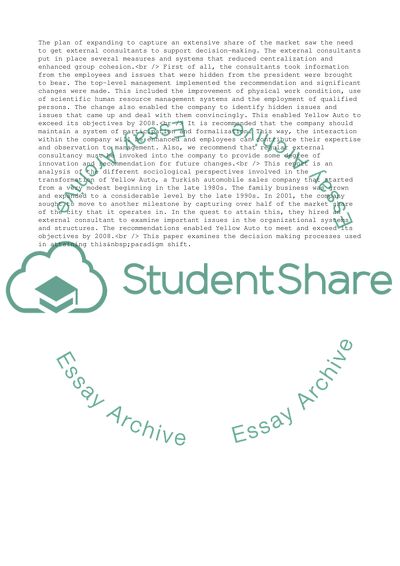Cite this document
(The Change Story of Yellow Auto Company Case Study, n.d.)
The Change Story of Yellow Auto Company Case Study. Retrieved from https://studentshare.org/management/1785696-management-sociology-of-decision-making-yellow-auto-case-study-analysis-report
The Change Story of Yellow Auto Company Case Study. Retrieved from https://studentshare.org/management/1785696-management-sociology-of-decision-making-yellow-auto-case-study-analysis-report
(The Change Story of Yellow Auto Company Case Study)
The Change Story of Yellow Auto Company Case Study. https://studentshare.org/management/1785696-management-sociology-of-decision-making-yellow-auto-case-study-analysis-report.
The Change Story of Yellow Auto Company Case Study. https://studentshare.org/management/1785696-management-sociology-of-decision-making-yellow-auto-case-study-analysis-report.
“The Change Story of Yellow Auto Company Case Study”, n.d. https://studentshare.org/management/1785696-management-sociology-of-decision-making-yellow-auto-case-study-analysis-report.


